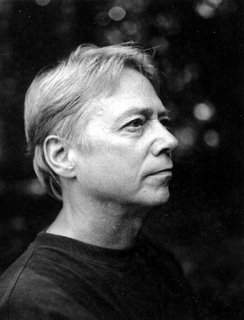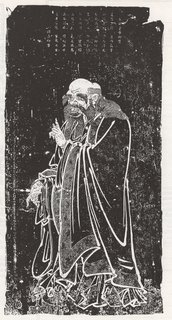The Return of Zero

There's a nice review of the recent three-night Zero "Chance in a Million" reunion in Denver at Jambase. It was written by Andy Dorfmann, long-time member of the Zero and Kimock list servers, who coincidentally first heard Zero in 1997, the same year I did; it sounds like Andy enjoyed the shows!
The Steve Kimock Band show in Asheville was, to my ears, outstanding - and the consensus pick on the list for best show of the southeast tour. It also sold out, a first for the band in Asheville; more than five hundred fifty people packed the Grey Eagle. I drove down to the flatlands for the show in Chapel Hill (or Carrboro) on Sunday night, and really enjoyed it as well. It featured some songs relatively new to SKB, "Vernal Equinox", a song by bass player Reed Mathis (he's performed it with Jacob Fred Jazz Odyssey since 2001), and "Adelita", a Robert Walter tune introduced in December. It's named, according to Charlie Miller, the band's recording engineer, for "a whore house in Tijuana". The show has now been released by the band as a free download.
I've posted some photos of the SKB shows at Flickr, and also shots of the Zero show in 1997 that introduced me to Kimock's playing, the KVHW show I caught in Athens in December, 1999, and an early SKB show in Winston-Salem in October, 2001.
********************************
The photo of Zero features an earlier incarnation of the band, with Bobby Vega on bass and Chip Roland on keys. It was used by the venue to publicize the recent Zero reunion shows.
Original content © 2006.
Labels: music, Steve Kimock, Zero






